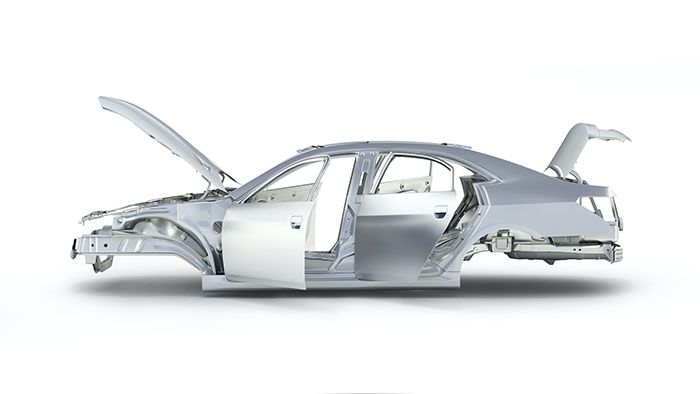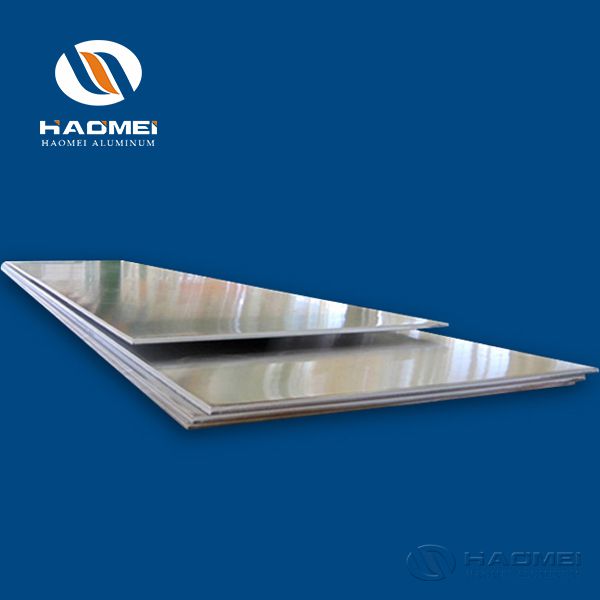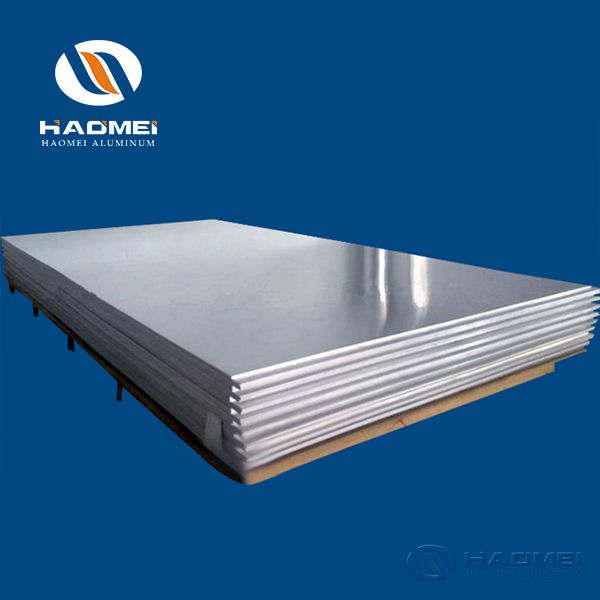The concrete machines include concrete batching plant, concrete mixer, concrete mixer truck, trailer line pump, truck mounted concrete pump, etc. Of them, the portable concrete mixer with pump, truck mounted concrete pump and long boom concrete pump are the most common concrete pumps.

Concrete pump types
The portable concrete mixer with pump is the cheapest of the three, which can be divided into electric and diesel concrete mixer pump. The difference is that the power source of the hydraulic system is provided by the motor or the diesel engine. It can realize concrete mixing and pumping at the same time.
The truck mounted concrete pump is based on the trailer line pump with the increase of a movable chassis. The pumping system has its own separate power source. In other respects, the effect is similar to that of a trailer pump such as the pipeline installation.
The long boom concrete pump has a fast driving speed and is controlled by the wireless remote control system. It does not need pipelines, so it can start working as soon as it arrives at the construction site, shortening the construction period.
What’s your need
Your project decides which equipment is right for you.For example, to repair tunnels and mines, the concrete mixer with pump is very suitable. The horizontal pumping distance of the concrete mixing pump is long, and the ambient sound when the motor pump is working is relatively small.
The long boom concrete truck also has a different working range according to the length of the boom. For example, those within 38 meters are suitable for concrete pouring of some small buildings with floors below 10 floors. At the same time, for bridge construction and small residential construction, the maneuverability of the concrete pump truck is also the most convenient.
Original source: https://www.concretebatchplanthm.com/a/an-overview-of-concrete-pump-types.html







